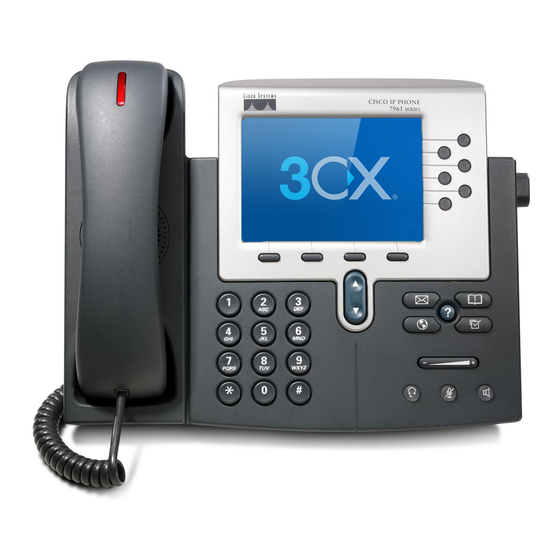Cisco 7941G - Unified IP Phone VoIP Посібник з адміністрування - Сторінка 6
Переглянути онлайн або завантажити pdf Посібник з адміністрування для IP-телефон Cisco 7941G - Unified IP Phone VoIP. Cisco 7941G - Unified IP Phone VoIP 12 сторінок. Unified communications manager 9.0 (sccp and sip)
Також для Cisco 7941G - Unified IP Phone VoIP: Посібник користувача (21 сторінок), Посібник користувача (25 сторінок), Технічний паспорт (7 сторінок), Короткий довідник (2 сторінок), Посібник користувача (4 сторінок), Посібник користувача (4 сторінок), Посібник користувача (13 сторінок), Посібник користувача (13 сторінок), Посібник з експлуатації телефону (30 сторінок), Посібник користувача (13 сторінок), Посібник користувача (6 сторінок), Посібник з адміністрування (16 сторінок), Усунення несправностей та обслуговування (27 сторінок)

